'Raging Bull' at 40: Cathy Moriarty remembers the bruising production of Martin Scorsese's boxing classic
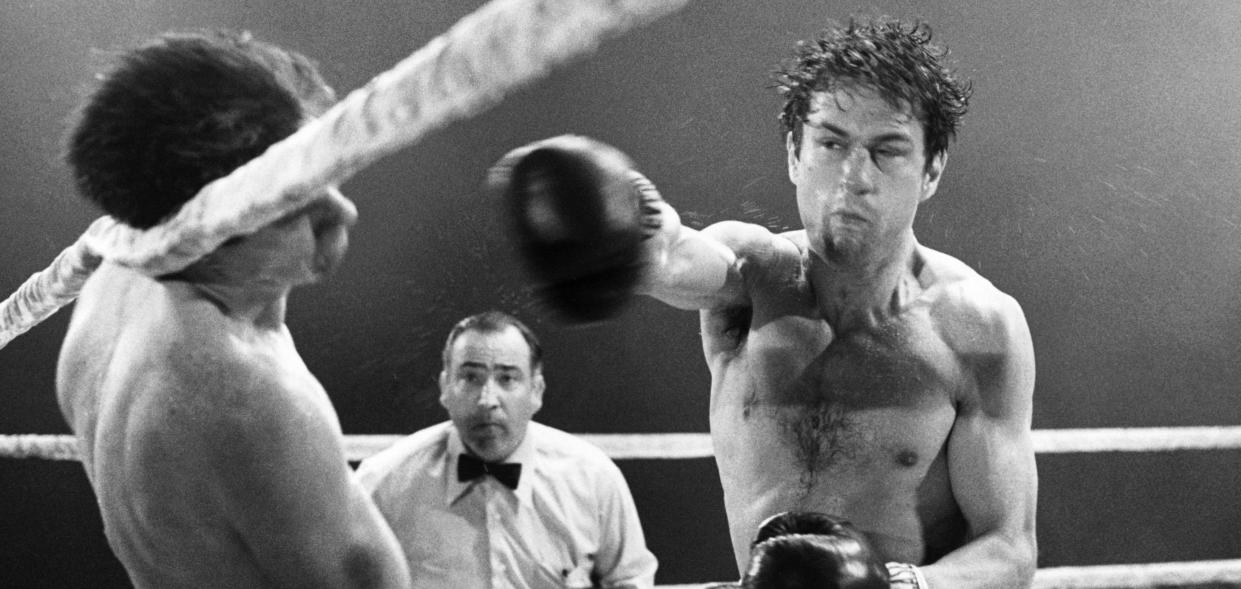
Forty years ago, Robert De Niro stepped into the ring to play real-life boxer Jake LaMotta in Martin Scorsese’s Raging Bull, and set a new bar for screen acting that Hollywood stars have sought to live up to ever since.
Already renowned for vanishing into characters like Taxi Driver’s Travis Bickle and The Deer Hunter’s Michael Vronsky, De Niro burrowed deep into LaMotta’s troubled psyche, capturing the mixture of paranoia, self-pity and anger that fuelled his brief rise and long fall. He also famously transformed his body twice — first sculpting himself into a muscular young fighter, and then gaining 60 pounds to play the boxer in his later years. That kind of extreme physical transformation has since been attempted by actors ranging from Christian Bale in The Machinist to Tom Hardy in Capone.
When Raging Bull premiered in New York cinemas on 14 November, 1980 — followed by a nationwide release on 19 December — critics knew they were seeing something special. Writing in The New York Times, film critic Vincent Canby called LaMotta a “titanic character,” and said that De Niro gave “what may be the performance of his career.” Oscar voters agreed: De Niro won his first, and still only, Best Actor statue for the film. (He previously received the Best Supporting Actor Oscar for The Godfather Part II in 1975; he hasn’t received another Best Actor nomination since 1992’s Cape Fear.)
Read more: Robert De Niro breaks silence over Donald Trump defeat
As Vickie LaMotta, Jake’s second wife, Cathy Moriarty had a front-row seat to De Niro’s performance, and remembers being both astonished by and slightly afraid of her co-star. “On set, he was always in character,” the actress tells Yahoo Entertainment.
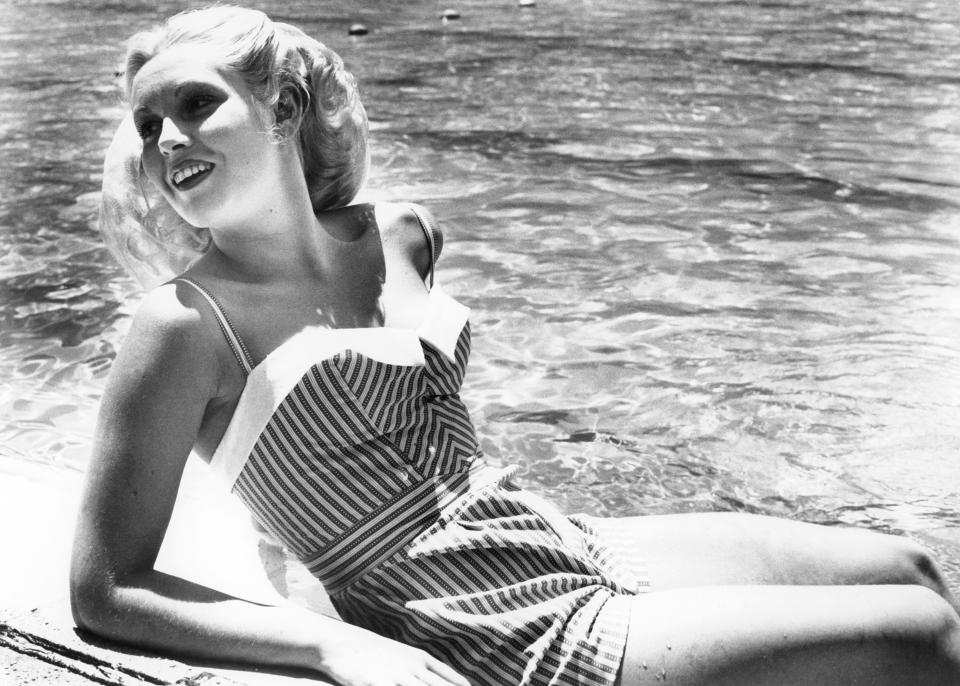
“He’s probably the most disciplined person I’ve ever met. When we’d drive home from set, he would get out halfway and run behind the car because he was always training!” It’s taken four decades, and two additional movies (1997’s Cop Land and 2002’s Analyze That), for her to get to know De Niro as De Niro.
“I’ve seen him as a father, and I’ve seen him as a friend,” says Moriarty, who received a Best Supporting Actress nod for Raging Bull. “We still talk to this day. So I know the Bobby side, and I know the Jake side.”
During the making of Raging Bull, though, Moriarty primarily knew the Jake side. She was only 17 when Scorsese cast her opposite the then-35-year-old actor — two years older than Vickie is when LaMotta first sees her in the film, which spans 1941 to 1964.

“I think Vikki was only 16 when they got married,” Moriarty says of her real-life counterpart. (Vikki was rechristened as “Vickie” for the movie; the couple divorced in 1957.) “I don’t know if someone would write something like that today; they would probably have to adjust the ages. But it was a true story, so we had to show it. Back in the ‘40s that was legal I guess.”
Moriarty hoped to spend time with Vikki before production started, but Scorsese deliberately blocked her attempts at making contact. Letters she gave to him to pass along went undelivered, and she was dispatched on a two-week vacation just before LaMotta visited the set. “It bothered me so much that I never got to meet her,” she says, adding that she paid her own way to visit Vikki in Florida after she finished shooting.
Read more: Rocky producer Irwin Winkler debunks popular myth about the film
“Scorsese explained to me that the movie is through Jake’s eyes: It’s about how he perceived her. That was my biggest obstacle. Early on, I would be like, ‘I don’t think she would have said this,’ and they would have to say, ‘You are not being her — you’re being the Vickie that Jake sees.’ Once I got that, it was smooth sailing.”
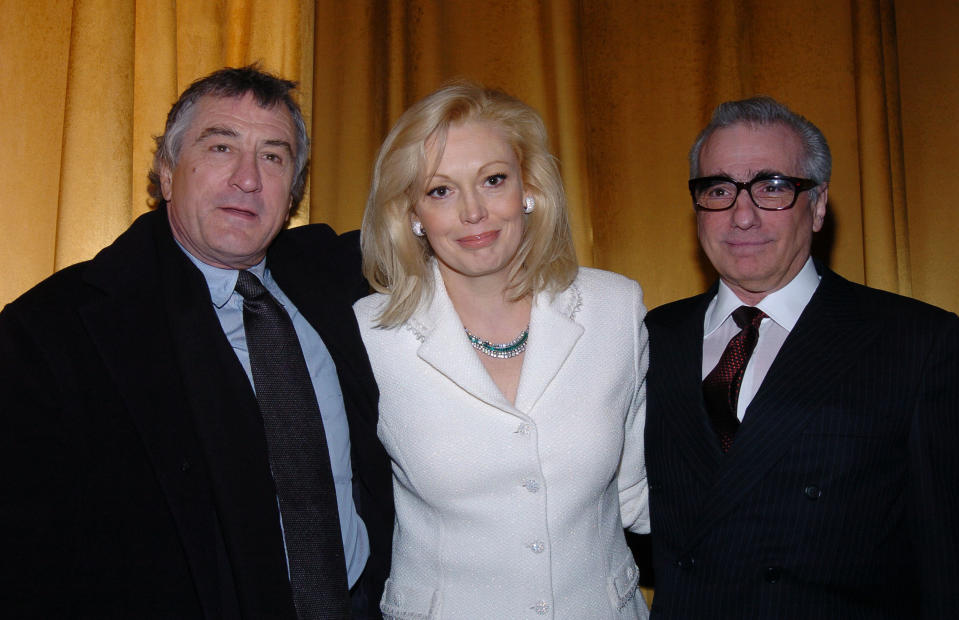
Smooth sailing… except for the bumps and bruises that she endured along the way. As the real LaMotta confessed in his 1970 memoir that Scorsese and screenwriters Paul Schrader and Mardik Martin used as the basis for the movie, he was an abusive husband who regularly beat his wives. Vikki confirmed that to Moriarty when they finally spoke, describing post-fight nights where Jake use his fists on her when they got home.
“She told me stories of how she would wrap towels around herself so the bruising wouldn’t be so bad,” Moriarty says. “It was a sad way to live. But she loved him — she definitely loved him. She was a remarkable woman, and we stayed in touch for a very long time.” (Vikki LaMaotta died in 2005; Jake died in 2017.)
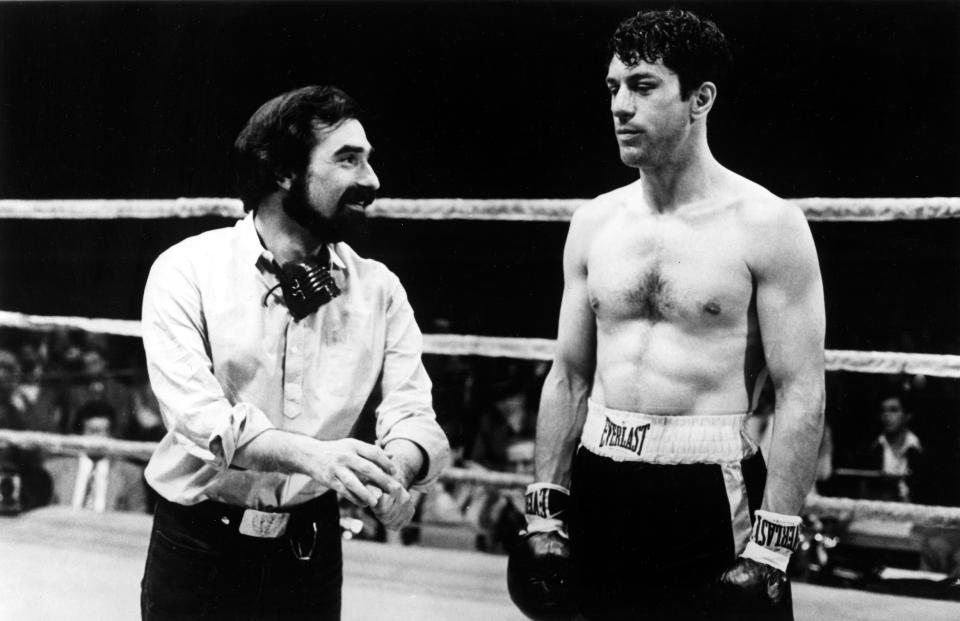
Channeling LaMotta’s hair-trigger temper was a key part of De Niro’s transformation for Raging Bull. Despite having a script in place, Moriarty says that he and Scorsese — who she describes as being “like brothers” — preferred to improvise their way through scenes. “Later on, I learned that you’d go to work and they’d give you sides and you’d read whatever was on the page,” she says, laughing. “I don’t remember getting any sides during Raging Bull! They were like, ‘This what the scene is about,’ and I’d go, ‘OK.’”
That approach ensured that Moriarty was always in the moment with De Niro, reacting to whatever he threw at her, up to and including actual punches. “I would be in the moment because he would make sure I was,” she says now. “I was scared to death of him half the time. He put fear into me, because you never knew what was going to happen. I didn’t know if I was going to get slapped, hit or kicked. I had no idea sometimes, so I had to really stay in character, because the beatings continued. We didn’t shoot them first like they shot the fight scenes: Our fight scenes were filmed after the fight scenes!”
Moriarty remembers one moment in particular where De Niro’s improvisatory methods caught her with her defences down. “There was one scene where he wasn’t supposed to hit me, but then he hit me so hard that you could hear my head crack against the wall. I didn’t see it coming, and didn’t expect it. I almost started to cry and break character, but then I just walked away like nothing happened. That’s what Vikki ended up doing half the time.” As she recalls, De Niro never apologised for that moment or any other scene where the violence got too real. “He never broke character — he just knocked down another door. Maybe the next day, he’d say ‘Are you OK?’ Or he’d laugh at me and go, ‘You can take it.’ And I was like, ‘I can take it, but do I want to take it? No!’”
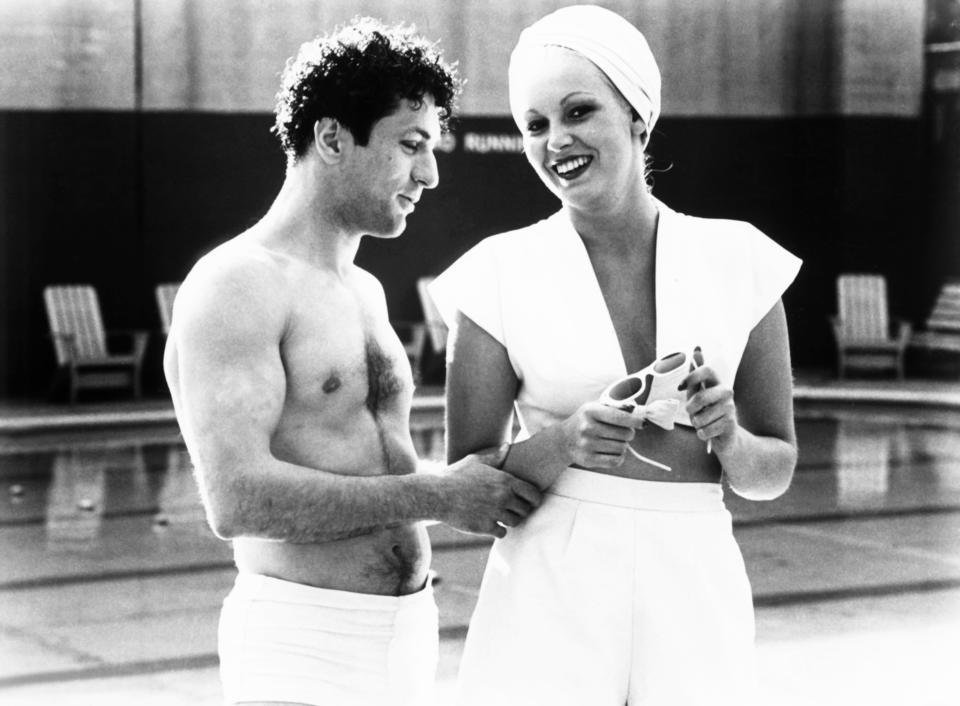
At the same time, Moriarty stresses that she feels nothing but goodwill towards De Niro and Scorsese despite the sometimes painful process of making Raging Bull. “I never really got hurt,” she insists. “I’m tough; it’s not like I had to go to the hospital or anything. It was a couple of bruises — big deal. I think it hurts your self-esteem more than anything.” In that respect, Moriarty echoes Ellen Burstyn, who was injured during the course of making The Exorcist when director William Friedkin instructed a crew member to forcefully pull her harness during a stunt.
Speaking with Yahoo Entertainment in 2018, Burstyn said that while she was furious at Friedkin in the moment, there’s no bad blood between them now. “[Billy] does sometimes go a little further than is safe for the actors, and I would caution him to hold back on that, but he was a great director, and I loved working with him.” She was similarly at peace with him including footage of her pained reaction in the finished film. “I don’t think he asked me, and I don’t know that he had to. It’s not like they’re causing it to happen, but as long as it happened and the camera’s on…”

For her part, Moriarty says that she wouldn’t agree to the kind of working arrangement she had on Raging Bull today, and it’s unlikely that a studio would sanction it in the first place. “If I was going to do a movie now where I get beat up, I’d work very closely with the stunt coordinator and not get hurt. But you do anything on your first movie to prove yourself. Making Raging Bull was a once in a lifetime experience, and I don’t have one bad thing to say about it. I’ve learned something on every movie, and I probably learned the most on Raging Bull. I learned how to throw a f****** punch! I guess maybe if I didn’t become good at it, I wouldn’t have gotten hit as much.”
Raging Bull is available on DVD, Blu-ray, and PVOD.
Related: 8 fast facts about Martin Scorsese

 Yahoo Movies
Yahoo Movies 

